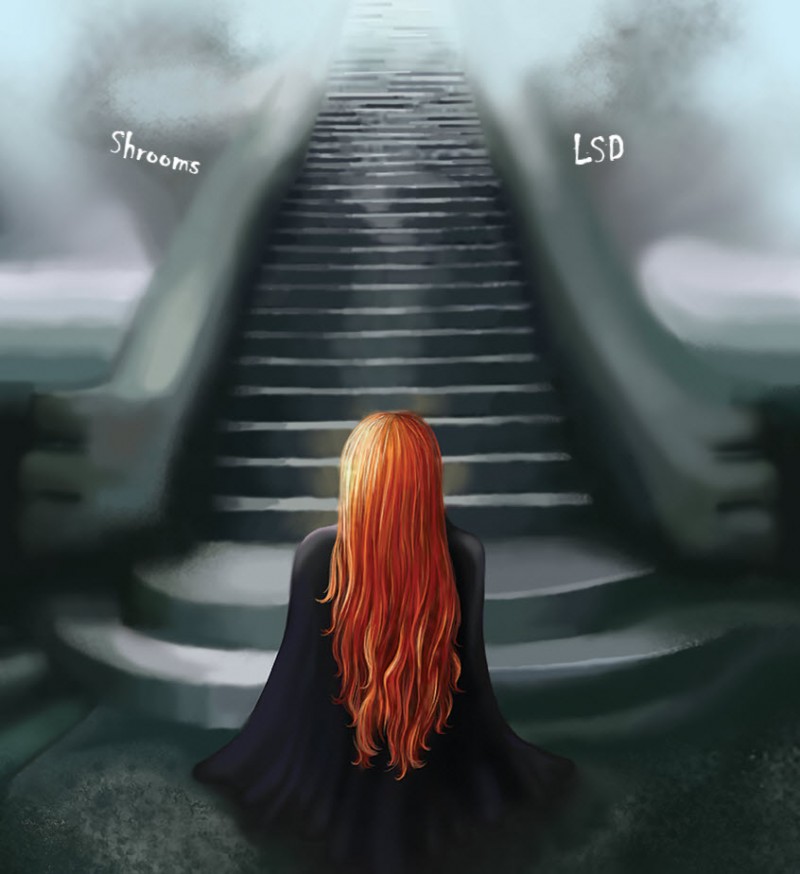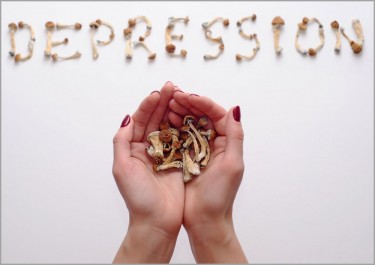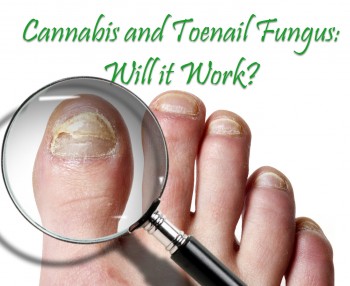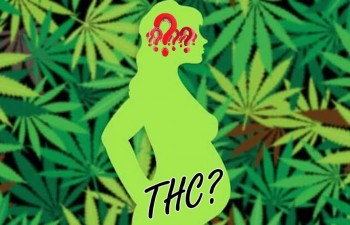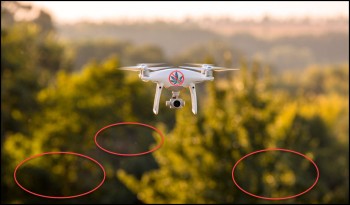What is the Real Difference Between Shrooms and Acid (LSD)
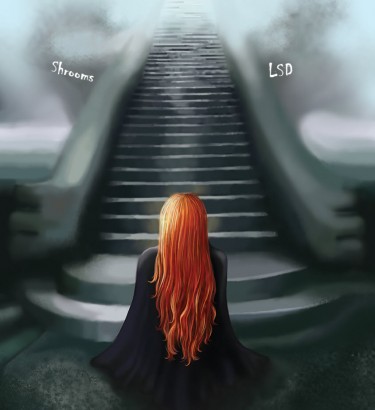
Lysergic acid diethylamide, LSD (commonly called acid) and Magic mushrooms (commonly called shrooms) are the two widely-used psychedelic drugs. They are widely referred to as classic psychedelics and have both been proven to be physiologically fit for human consumption.
The study of psychedelic compounds is growing by the day, after several years of being ignored and prohibited.
Different researches have been carried out on both compounds to explore their effects and therapeutic benefits. While researchers were able to discover the similarities of Shrooms and Acids, they were also able to establish their variances.
These experiments were carried out on animals and human volunteers to show the consistent features of magic mushrooms and LSD.
General Overview of The Similarities between LSD and Psilocybin
Similarities between these two drugs have been established by studies and experiments. Some of these include;
-
They have significant impacts on culture and science.
-
They are serotonin hallucinogens- Which means that both compounds act primarily on the serotonin receptors in the brain.
-
They have a minimal risk of prompting addiction in consumers.
-
They may induce a higher transcendental experience than other psychoactive drugs like cannabis, and opiates.
-
They both induce overlapping experiences. Some of these include; hallucinations, unstable vision, distorted sense of smell, taste, and touch, refreshed perspective, altered understanding of time, openness to new ideas, a renewed sense of connection, spiritual awakenings, excitement, philosophical and artistic breakthroughs.
-
The side effects of these compounds are also similar. They include; paranoia, profuse sweating, tremors, fear of death, numbness, increased blood pressure, and an irregular heart rate.
Distinguishing a Shroom Trip from an Acid Trip
The similarities between shrooms and acids do not make them interchangeable. The experience induced, onset time, the longevity of effects, ingestion method, and dosage differ.
Dosage and Ingestion Method
Acid
Acid is a purely synthetic psychedelic derived from a fungus called lysergic acid. This fungus can be found in large amounts on rye grains. It can be consumed orally as a pill or a liquid. This liquid is put into window panes, called small gelatin squares which can be swallowed easily. They can also be put into small papers, which melt in the mouth.
The recommended dose for a soothing LSD trip is 25 micrograms. For those wanting a full LSD trip, a dose is approximately 100 to 200 micrograms— that is 0.000100 – 0.000200 of a gram. This dosage might seem little, but it isn't. LSD is one of the most powerful psychedelic drugs, so just a tiny amount is enough to elicit an intense trip.
Shrooms
Magic mushrooms used for medical trials are also synthesized and the extracts are made into pills that can be taken orally. They can also be eaten or brewed into teas or other drinks, they only have to be dried up.
In contrast to LSD, psilocybin is not potent when consumed in minute doses. A higher amount is needed to induce a mild to an intense range of effect. The recommended dosage for a mild trip is at least 4 milligrams— unlike micrograms, like acid. For a higher activity, the dosage can be upped from 14 to 30 milligrams.
In consumables, shrooms are present in heavy doses of up to 2.5 grams.
Onset Time
Acid and Shrooms
The time it takes for shrooms and acid to kick in varies. It largely depends on the user's tolerance level, rate of metabolism, and the amount of dose ingested.
I would like to stress that it is important to understand your body's chemistry and how an ingested dosage can affect onset time.
Studies have shown that when both substances are taken on an empty stomach, it takes at most an hour for the effects to kick in.
Longevity of Induced Trip
Acid
One of the reasons why LSD is generally preferred is because it lingers for a longer period. It can last for at least 6 hours and can be extended to 10 hours or more. This has been attributed to LSD's serotonin-like activities.
LSD acts like serotonin and immediately binds to the serotonin receptors in the brain. These receptors also seem to have a higher preference for LSD, this can be seen in the way they close over the LSD molecule in a way that it cannot be easily separated. Acid only wears off when its molecules have been metabolized completely by the body.
Shrooms
Unlike Acid, the effects of shrooms last for at least 4 hours and can be extended to 6 hours. The most intense effects of the drug are felt 2 or 3 hours after ingestion.
However, regardless of which drug is used, consumers will get to experience after-effects or afterglow. These include minimal physical and mental effects of the substance. Depending on the substance taken; and how much is consumed, consumers can feel after flow effects for a day or two.
Effects
Acid
They induce a more intense high that stimulates the user. LSD gives the user more of a cerebral experience. From research information, acid users have both good and bad experiences. You have to possess the right mindset, context and be in the right environment to experience the ups of using this psychedelic. Knowing your limit is also crucial. Due to the longer duration of the effects of LSD, it might cause insomnia or loss of appetite in the user.
Shrooms
They induce a calm and chilled-out experience. Due to the larger dose of mushrooms consumed, users tend to feel an increased high, but it is sometimes accompanied by a feeling of nausea.
The effects of Magic mushrooms can be felt all over the body.
Bottom Line
The US government seems to be taking an increased interest in the effects of psychedelic drugs. One can't help but wonder if the future of psychedelics in the country might go the same way as Cannabis; legalization.
Recently, lawmakers directed that more research be carried out on these compounds. Due to their anti-addictive nature.
In no time, more information would be made available on the distinct effects of shrooms and acids on the brain based on their different molecular structures.
MORE ON MUSHROOMS OR LSD, READ THIS...
MUSHROOMS FOR DEPRESSION, WHAT'S THE LATEST STUDY?

